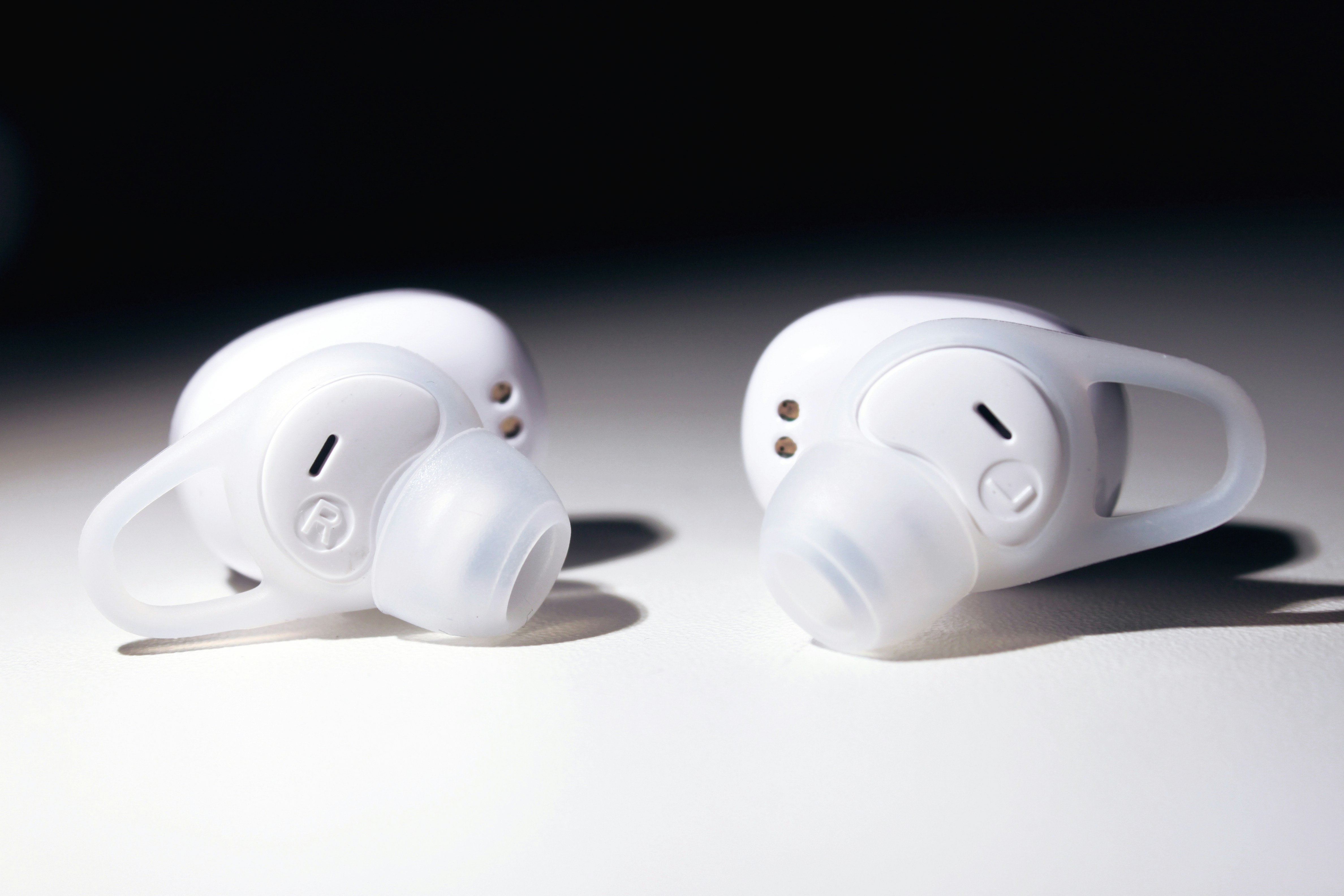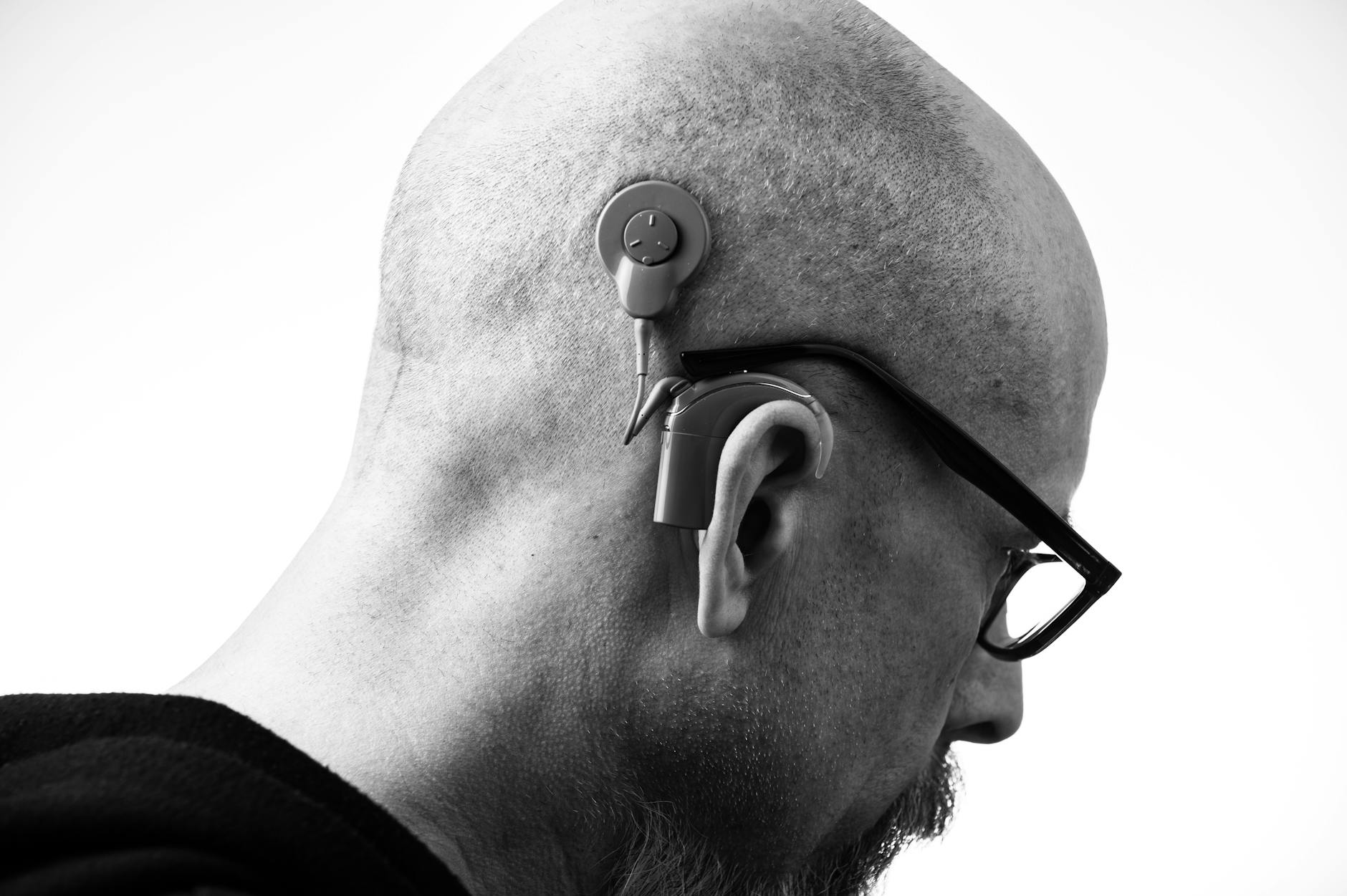Snippet: That small piece at the tip of your hearing aid—dome or earmold—decides a lot: comfort, clarity, feedback control, and even how your own voice sounds. Here’s how to pick the right one so your hearing aids finally sound like they’re made for you (because they should be).
Why the Tiny Tip Matters So Much
Your hearing aid doesn’t deliver sound into a void—it delivers sound into a living, breathing ear canal. The way that canal is sealed (or left open) changes acoustics dramatically. Think of it like a water hose: a tight nozzle builds pressure and power; a wide opening lets water (or in this case, sound) spill out freely.
- More open fit = more natural own-voice and less fullness, but also more sound leaks out (especially bass), which can make speech sound thinner and limit how much amplification you can use before feedback.
- More closed fit = stronger low-frequency amplification, better feedback control and noise management, but potentially more “boomy” own-voice (the classic occlusion effect).
The earpiece is your acoustic steering wheel. Choosing the right one is the fastest way to change how your hearing aids feel and perform—often more than toggling app settings.
Your Options: Domes and Earmolds, Explained
Open Domes
Open domes have big vents or petals that leave much of the ear canal open.
- Best for: Mild high-frequency hearing loss, normal low-frequency hearing, and anyone who hates the “plugged” feeling.
- Sound: Very natural own-voice; less bass; can feel airy. May struggle in noise if too open.
- Watch-outs: More prone to feedback at higher volumes; wind can sneak in; limited low-frequency amplification.
Vented or Closed Domes
These reduce the opening size with small vents.
- Best for: Mild-to-moderate losses that need a bit more bass and feedback control than open domes allow.
- Sound: Fuller, warmer; better stability in noise.
- Watch-outs: Some own-voice fullness; vent size matters—tiny changes have big effects.
Power/Double Domes
Two flanges create a tighter seal to hold in power.
- Best for: Moderate-to-severe losses on receiver-in-canal (RIC) devices.
- Sound: Strong low-frequency response; good feedback control.
- Watch-outs: Most likely to cause occlusion. Fit and sizing must be spot-on to avoid discomfort or slippage.
Custom Earmolds
Individually made from an ear impression; shapes and materials vary.
- Best for: Any ear that needs better retention, comfort, or acoustic control; bends or narrow canals; moderate-to-profound hearing loss; frequent feedback with domes.
- Styles: Canal, half-shell, skeleton, full-shell, and c-shell for RIC receivers.
- Materials: Silicone (soft, comfy, good seal) vs. acrylic (hard, smooth, easy to insert). Hypoallergenic options exist.
- Features: Venting (vary size/length), canal lock or helix lock for stability, retention grips for sports, color-coded sides, and embedded filters.
Custom molds give your audiologist fine-grained control over the exact vent diameter and length, which directly tunes bass response, feedback stability, and own-voice comfort.
Match the Earpiece to Your Hearing Profile
Here’s a practical way to think about it. Treat it as a starting line—your audiologist will tailor the details using real-ear measurements and your preferences.
- High-frequency loss with good low-frequency hearing: Start with open domes. You’ll keep your own natural bass and avoid occlusion.
- Mild-to-moderate across frequencies (speech feels thin or noisy): Try vented/closed domes for a fuller sound and better noise control.
- Moderate-to-severe loss or frequent feedback: Consider power domes or custom earmolds with small vents for stability and power.
- Active lifestyle or slippery ears: Custom molds with locks or grips reduce movement and prevent feedback bursts when you chew or talk.
- Tinnitus benefit: A slightly more closed fit can help hold masking sounds steady; your provider can balance venting to keep your own voice comfortable.
If you have ear pain, drainage, frequent infections, or sudden hearing changes, press pause and see an ENT/audiologist first.
Your Own Voice: Beating the “Barrel” Effect
Occlusion—the “I’m talking in a barrel” feeling—happens when your canal is sealed and your voice’s low-frequency energy can’t escape. Strategies that help:
- Right vent size: Even a 0.5–1 mm increase can soften occlusion noticeably.
- Deeper fit: A deeper seal can move the occlusion sensation outward and reduce boominess.
- Custom mold tweaks: Material (softer can feel less boomy), canal length, and vent design all matter.
- Device features: Some brands have own-voice management that reduces low-frequency gain when you speak.
Tip: Give your brain a week to adapt before making big changes—then fine-tune with your audiologist using your real-world feedback.
Feedback Whistles and Slippage: Fix the Leak
Feedback is amplified sound escaping the ear and re-entering the microphones—a classic leak problem. Common culprits and fixes:
- Dome too small or shallow: Go up a size, try double dome, or move to a custom mold.
- Wax blocking the receiver: Replace wax guards and clean domes/molds regularly.
- Ear canal movement when talking/chewing: Custom molds with canal or helix locks improve stability.
- Vents too large: Slightly smaller vent or “select-a-vent” inserts can rein in feedback.
Feedback algorithms help, but they’re not magic. The right seal + the right gain is the winning combo.
Comfort, Materials, and Skin Sensitivities
If your ears itch, ache, or turn red, don’t tough it out. Options exist:
- Silicone molds tend to be gentler and seal better in irregular canals.
- Acrylic molds glide in easily and can be polished smooth; great if you dislike tacky surfaces.
- Hypoallergenic coatings/materials are available if you’re sensitive.
- Length and diameter can be adjusted; a millimeter matters.
Persistent soreness or hot spots are fixable with small remakes. Ask for a comfort check—most clinics expect a tweak or two.
Venting: The Small Hole with a Big Job
Vents let low-frequency energy and pressure escape. Bigger vent = more natural own-voice and less fullness; smaller vent = more bass, more stable gain, and less feedback risk.
- Common vent types: pressure vents (tiny), parallel vents (straight), and tuned/long vents (affect specific frequencies).
- Trade-offs: Larger vents can let outside noise in and reduce noise reduction effectiveness; smaller vents can increase occlusion.
This is why real-ear measurement with vent-compensation is gold—your audiologist can verify exactly what your ear is getting after vent effects.
Maintenance: Keep the Seal Clean and Happy
- Domes: Wipe daily, replace roughly monthly or as advised. Inspect for tears or yellowing.
- Custom molds: Wipe daily; clean vents with the supplied tool; avoid water submersion.
- Wax guards/filters: Replace when sound seems muffled or after visible clogging.
- Tubing (BTE earmolds): Replace when stiff, discolored, or kinked—often every few months.
- Moisture: Use a drying jar or electronic dehumidifier, especially in humid climates or after workouts.
Never use alcohol or harsh cleaners unless your provider says it’s safe for your specific materials.
Activity-Proofing: Work, Workouts, and Weekends
- Retention: Consider canal locks, sports grips, or behind-the-ear retention clips if your aids slip.
- Sweat and weather: Use sweat sleeves or covers; dry aids after exercise. Remove hearing aids before swimming or showering.
- Hats, glasses, masks: Practice a slow remove-and-replace routine, or ask about lower-profile molds and retention aids.
Going to a loud event? Your audiologist can set up a music or noise program and advise on safe listening and protection strategies.
When to Switch What’s on the Tip
Clues that your earpiece needs a change:
- You’re still saying, “It’s too tinny” or “too boomy” after a week of use.
- Feedback squeals appear when you hug, put on a hat, or chew.
- You can’t wear your aids comfortably for a few hours straight.
- They slip out, or you keep pushing them back in.
- Speech clarity is better on day one than day seven (often wax or a fit issue).
Come armed with examples—what you were doing, where you were, what it sounded like. A quick dome swap or vent tweak can be transformative.
How to Shop Smart with Your Audiologist
- Ask to try multiple dome sizes/styles during your fitting.
- Request real-ear measurements with your chosen dome or mold in place.
- Discuss a trial plan: start point, check-in timeline, and what to change first if comfort or clarity isn’t right.
- Consider custom if you’ve had two or more visits chasing comfort or feedback with domes.
A great earpiece is part science, part art—and absolutely personal. If you’re stuck, bring it up. Audiologists love solving the fit puzzle; it’s one of the fastest routes to “wow, this finally sounds right.”
Bottom Line
The right seal turns good hearing aids into great ones. Open domes keep things airy and natural; closed domes and power domes add stability and bass; custom earmolds give you precision, comfort, and control. Small changes—one size up, a different vent, a deeper fit—can deliver big wins. Don’t settle for “meh.” Work with your audiologist, experiment, and let your ears vote.
Gentle nudge: If you’re experiencing pain, drainage, sudden changes, or recurring feedback, schedule an appointment with an audiologist or ENT. A few targeted adjustments or a custom mold can save you months of frustration.
Further Reading
- AI in Hearing Aids: Myth, Reality, and How to Get Better Speech-in-Noise (Technology) - Stop Guessing the Fit: Real‑Ear Measurements Make Hearing Aids Work (Hearing Aids) - Listening Fatigue Is Real: Use Your Hearing Aids to Spend Less Energy on Every Conversation (Hearing Aids) - Music, Not Mush: Tuning Hearing Aids So Songs and Instruments Sound Right (Hearing Aids)Frequently Asked Questions
Can I change my dome size myself?
Often, yes—but only within the sizes your clinic recommends for your receiver. Make sure the new dome is fully seated so it doesn’t slip off in your ear. If you’re moving from open to closed or double domes, check with your audiologist first because your settings may need adjustment to avoid feedback or boomy own-voice.
Are custom earmolds really worth it?
They can be. Custom molds shine when you need more power without feedback, better retention for active use, or long-wear comfort if domes irritate your canals. They also let your audiologist fine-tune venting for a better balance of clarity and own-voice comfort. If domes keep slipping, whistling, or feeling wrong, custom is a smart next step.
How big should the vent be?
It depends on your hearing, feedback risk, and tolerance for occlusion. Bigger vents feel more natural but reduce bass and can invite feedback; smaller vents boost bass and stability but can make your voice boomy. Your audiologist can test different vent sizes and verify the result with real-ear measurements.
How often should I replace domes or earmolds?
Domes are typically replaced about monthly or when they become discolored, torn, or loose. Custom earmolds can last 1–3 years, but tubing and filters may need periodic replacement. Any time sound becomes muffled or fit changes, check for wax, swap filters, and ask your clinic for a quick fit-and-function check.


